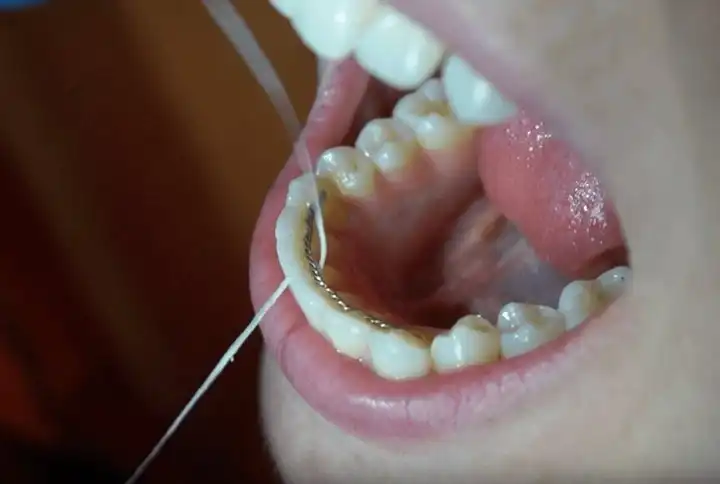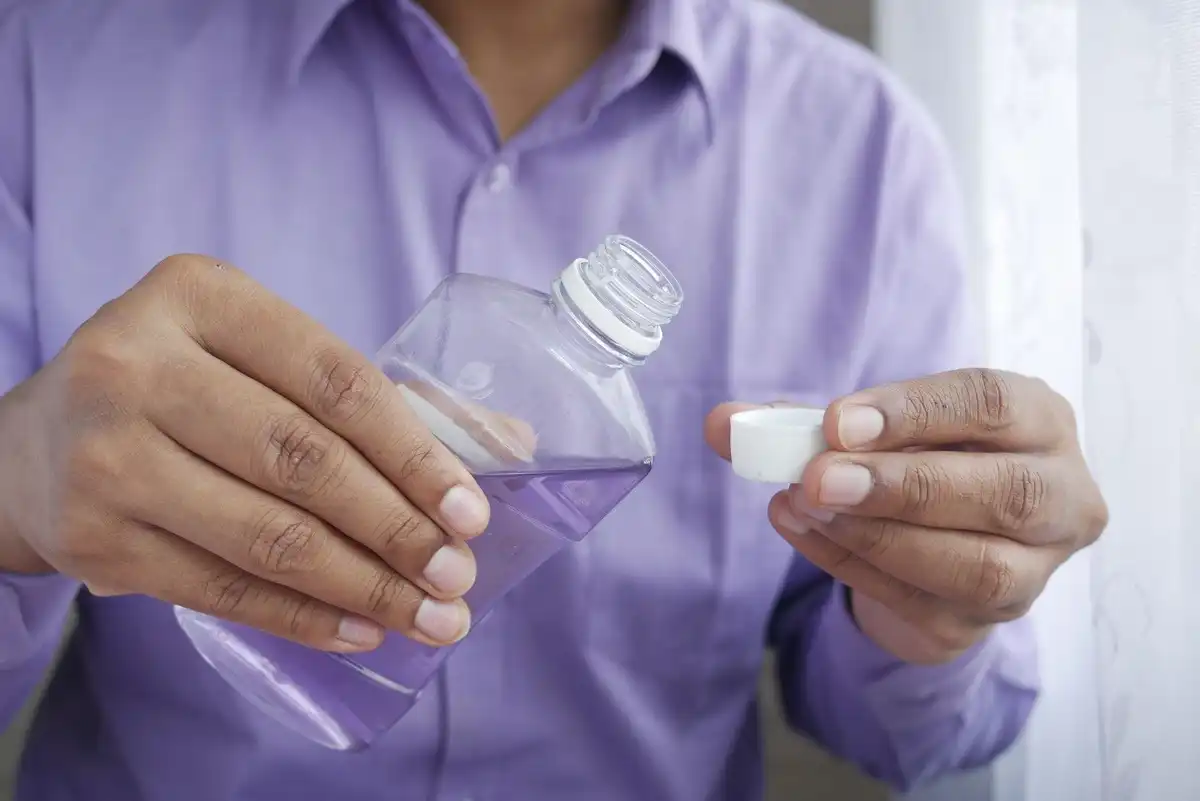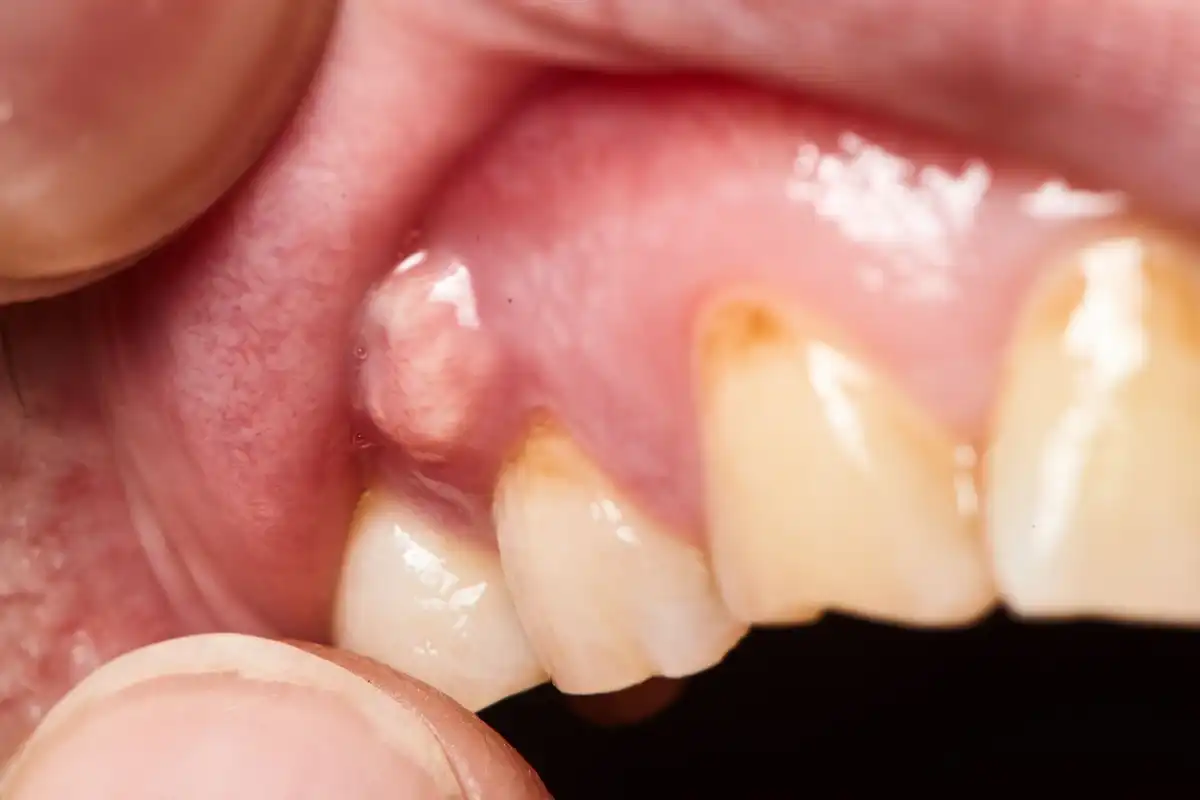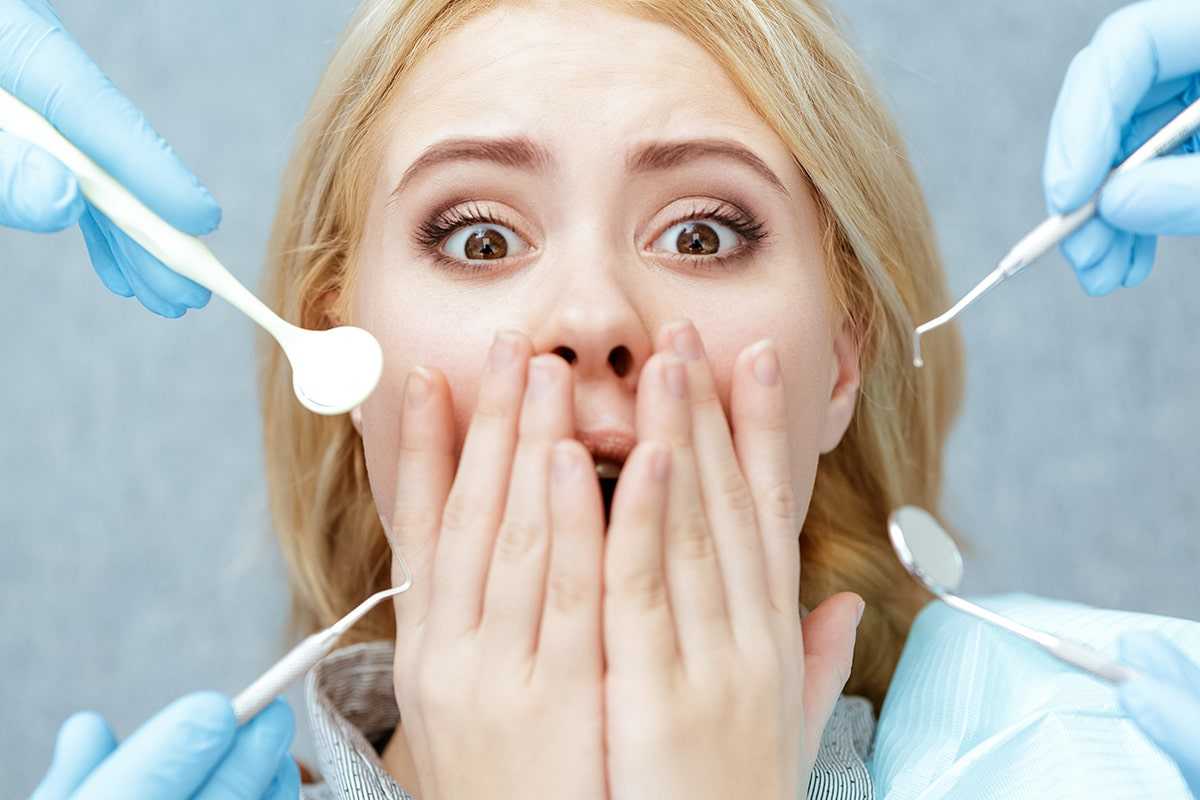What Is Dental Plaque & How To Remove It

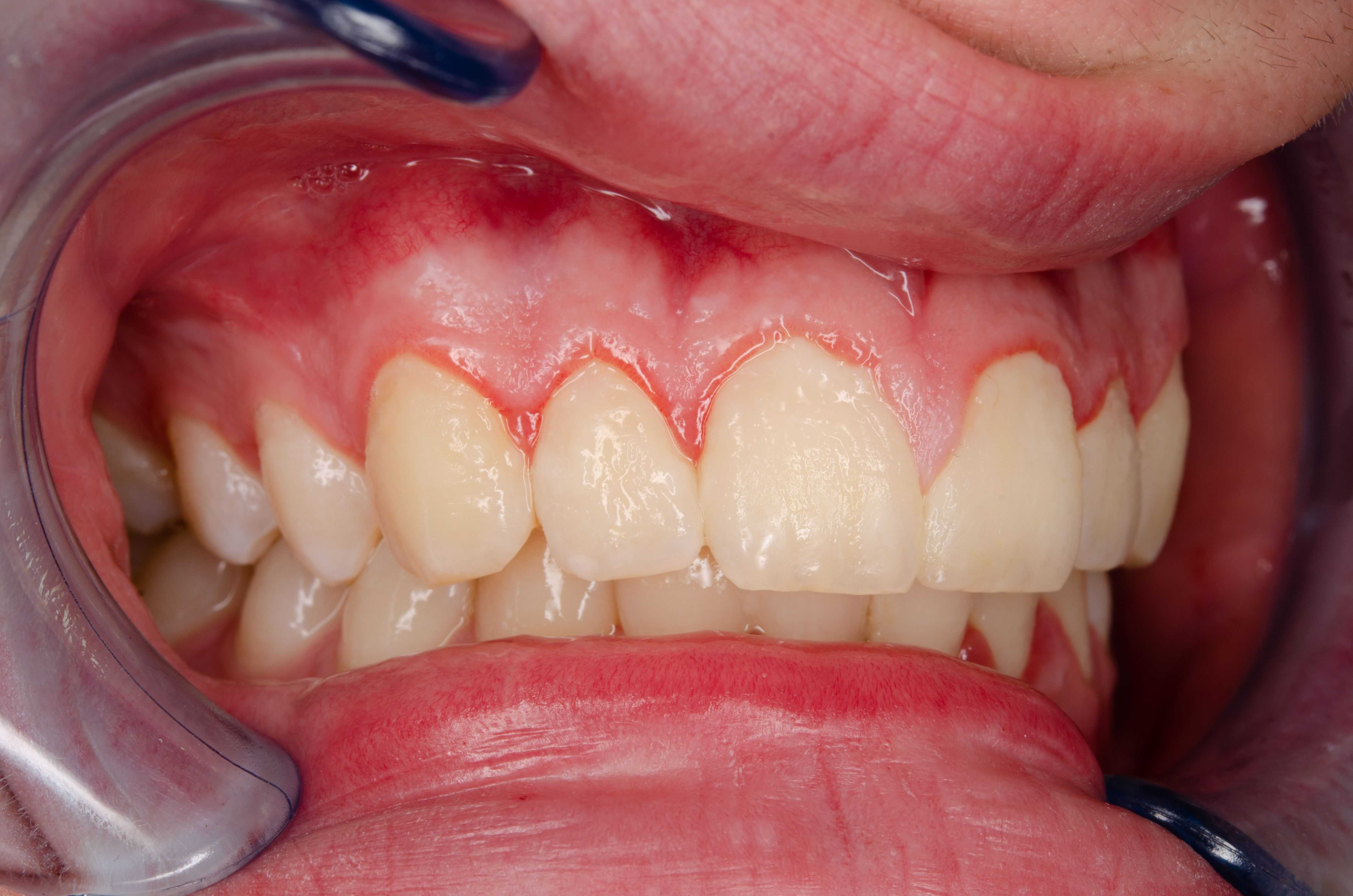
Talk about a sticky topic!
What Is Plaque?
Dental plaque is a thin film of oral bacteria and acid byproducts (aka germ poop) that form on your teeth. It’s usually the thickest closest to your gums. This plaque biofilm is composed of a sticky, colorless film of bacteria and sugars that adhere to the chewing surfaces of the teeth and dental restorations, but it can also change color by absorbing tints from the foods or drinks you consume.
Fortunately, there are ways to remove dental plaque at home. But if you miss some, your dental hygienist can also remove the buildup during your preventative cleanings and show you how to keep those spaces cleaner between checkups.
What Causes Plaque To Form On Teeth?
Plaque forms on teeth when the natural bacteria in your mouth combine with sugars and starches from the food you eat or the beverages you drink. These bacteria then secrete acids, which result in sticky dental plaque.
If you struggle with oral health issues like dry mouth, you might notice that you have more plaque than normal because there isn’t any saliva washing out your mouth during the day. Additionally, if you snack a lot between meals or eat a lot of processed carbs, you’ll probably have more dental plaque than if you ate more whole grains and fresh produce less frequently throughout the day.
What Does Plaque Look Like?
Most plaque is white. If it’s just sitting there on your tooth, you probably won’t even see it. But scratch your fingernail over the surface of your tooth enamel, and any thick, sticky dental plaque residue will be easy to see in the mirror.
Plaque can absorb stains from anything that we eat or drink, so it’s normal to see plaque that looks yellow or sometimes even pink (especially after that red sports drink.) It might even look green.
The majority of dental plaque accumulates right along the gumlines, like a scarf hugging the neck of your tooth. But once you start to see brown or black shades, the plaque has usually calcified into tartar.
Some dentist’s offices will even use special disclosing drops or tablets to dye your plaque a different color. Depending on how pink or purple it is, you can tell how long the dental plaque has been there.
Plaque Vs. Tartar
Whenever plaque sits on teeth for too long, it starts to get hard. Think of bread dough that’s left out on the counter. Over time it transitions from a soft, sticky texture into one that feels like a rock or cement.
It only takes about 24 hours for plaque to start to calcify into tartar. Or dental calculus, as we call it in the dental world.
While you can brush and floss plaque off of your teeth, you can’t remove tartar by yourself. By the time the plaque is calcified, your dentist or dental hygienist are the only people who can safely remove the plaque and tartar buildup. Special tools are used to dislodge the plaque and tartar without hurting your tooth enamel or gum tissue.
What Problem Can Plaque Cause?
Plaque is basically a germ party on your teeth. Your body will naturally react to it by triggering your immune system, which then rushes antibodies to that space, thinking there’s an infection. Because there is. When the plaque sits there for too long, it will cause one or both of the following issues:
Tooth Decay
Acids from plaque will etch away at your tooth until they eat right through the enamel. Tooth decay can cause serious dental problems if left untreated.
Gum Disease
With gum disease, your gums will pull away from the plaque formation and tartar build up, damaging the bone and connective tissues around the roots of your teeth.
How To Prevent Plaque Buildup On Teeth
It’s impossible to totally prevent plaque from forming in your mouth. BUT you CAN take steps to minimize how much plaque buildup you have. Here are four easy steps:
1. Rinse your mouth out with water and drink plenty of water throughout the day.
Rinsing your mouth out with water and drinking plenty of water throughout the day helps to wash away bacteria and food particles that can contribute to the formation of dental plaque. It can also help with bad breath.
2. Chew on gum that’s sweetened with xylitol.
Xylitol is a special type of sugar molecule (not the same kind of sugar that causes dental cavities) that helps prevent plaque buildup on teeth. When you chew xylitol gum, it interferes with the plaque’s ability to stick together and accumulate in your mouth. Xylitol actually helps prevents tooth decay and cavity-causing bacteria from growing.
3. Brush your teeth twice a day.
Physically cleaning your teeth with a soft-bristled brush will remove the majority of the plaque in your mouth. Pay careful attention to right along the edges of your gums, as that’s where plaque is usually the thickest. Electric toothbrushes are great at removing plaque.
Related: Best Electric Toothbrush
4. Make sure you’re flossing or water flossing on a daily basis.
Brushing doesn’t clean between your teeth or just under your gumlines, so you’ll need to supplement with traditional flossing string or a water flosser. Remember, dental plaque can start to calcify within 24 hours, so if you skip a day of flossing, it will start to add up.
How To Remove Plaque
The American Dental Association recommends that individuals brush their teeth twice a day for two minutes each time with fluoride toothpaste and floss at least once a day to help remove dental plaque and prevent its buildup.
Removing dental plaque is easy when you follow these dental hygiene tips:
- Practice good oral hygiene by brushing for two minutes twice a day
- Use a fluoride toothpaste
- Invest in an electric toothbrush
- Make it a habit to use dental floss at least once every day
- Use a water flosser to remove food particles from hard-to-reach spaces
- Eat fibrous, crunchy, unprocessed foods that naturally “wipe” away plaque as you’re chewing or biting into them
- Sip on water throughout the day
- Schedule prophylactic teeth cleanings twice a year
- Chew on xylitol gum between meals when you’re on the go
- Buy disclosing tablets and use them to see if you have plaque left on your teeth after brushing
- Reduce your intake of processed starchy foods, carbs, sweets, sugar or other artificial sweeteners
Dental Plaque Recap
Everybody gets a plaque on their teeth. But removing it regularly will help you avoid cavities and gum disease. Daily brushing and flossing are key. Unfortunately, most of us miss a little plaque now and then. By scheduling and visiting your dentist regularly for dental checkups and cleanings with your hygienist or dental professional, you can have a blank slate to work with so that your mouth stays healthier, longer. As long as you remove plaque before it calcifies into tartar, you reduce your risk of tooth decay, more aggressive periodontal disease, and the health effects that come with it.
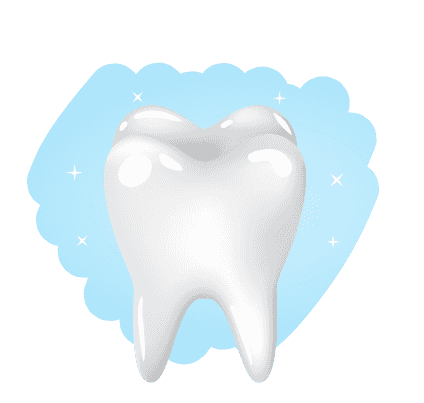
Make your inbox smile!
Subscribe


